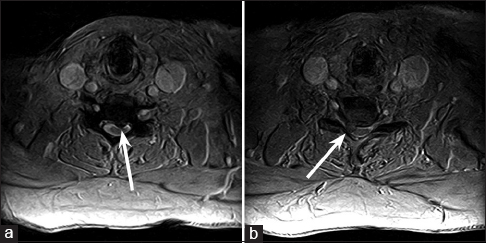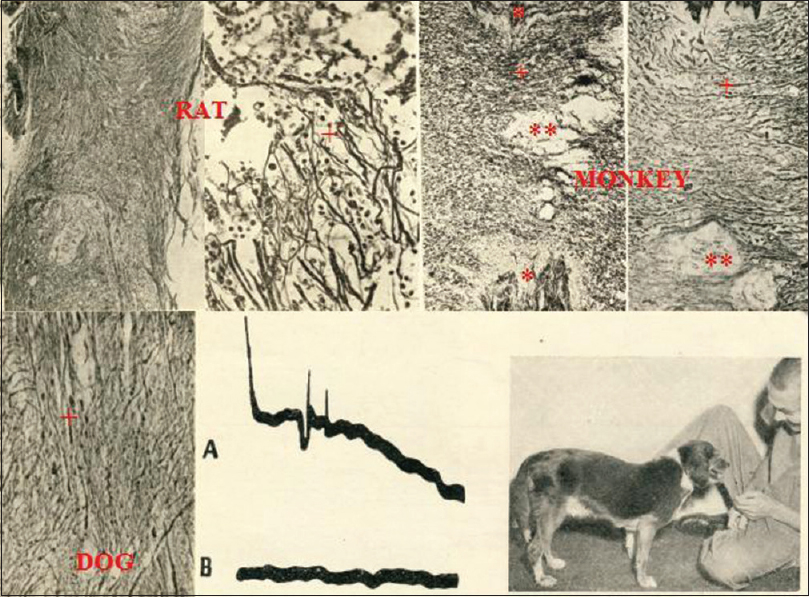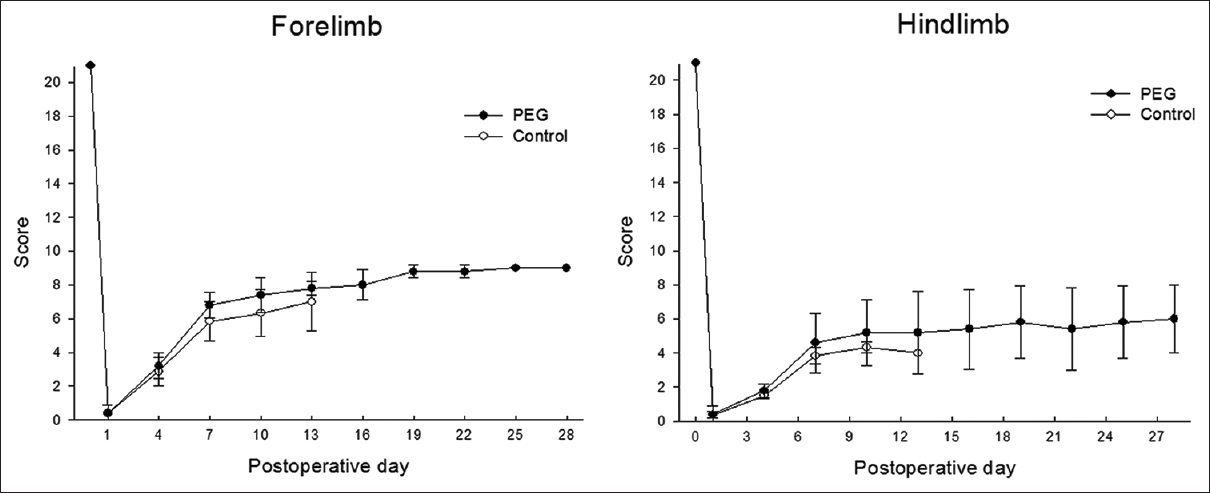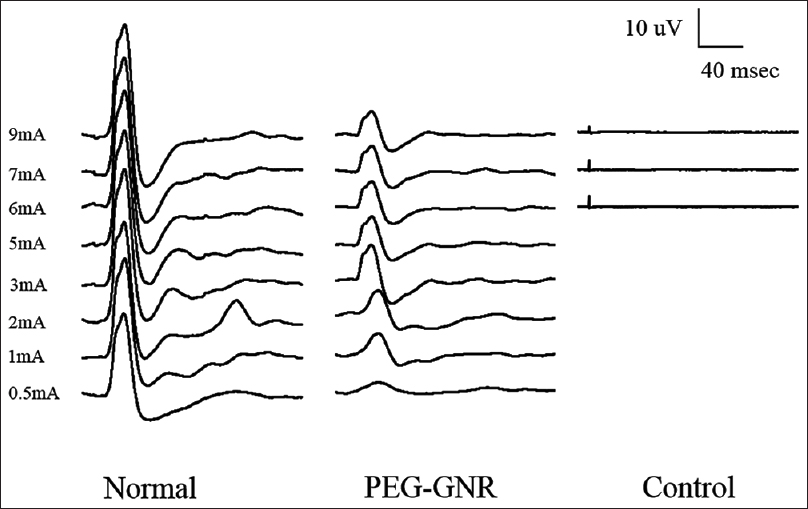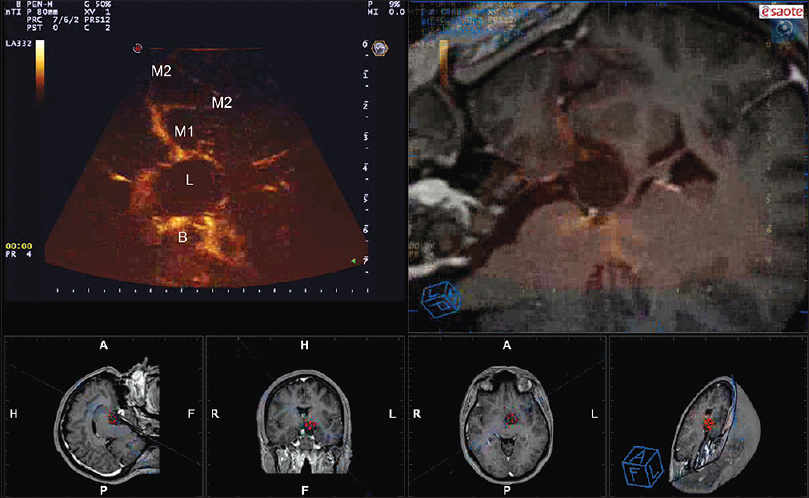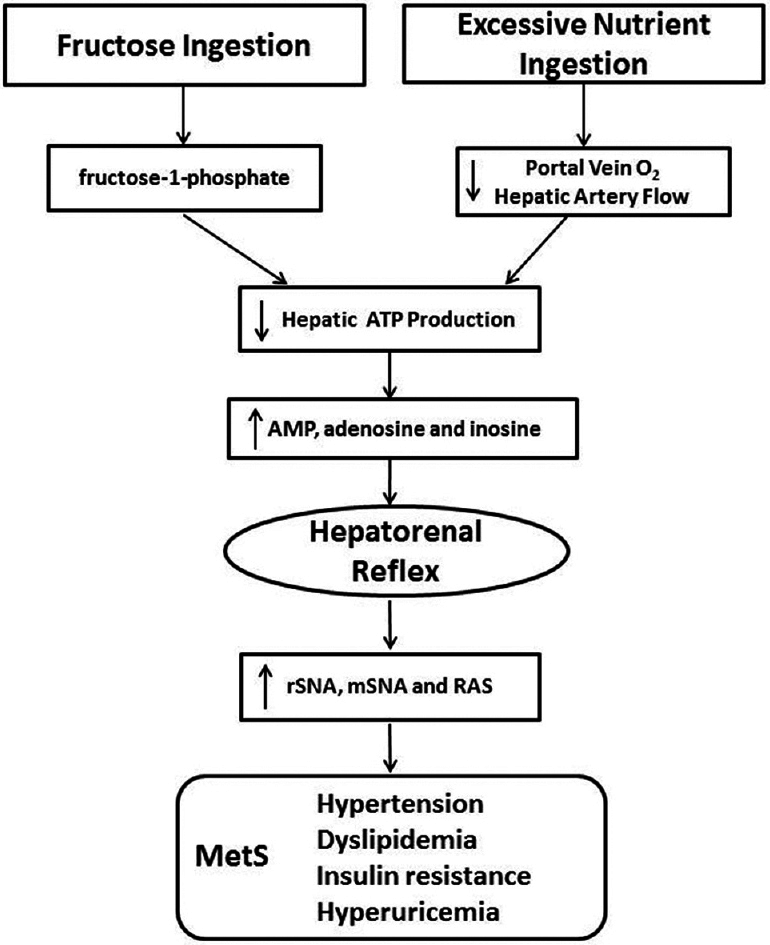Dual diagnostic catheter technique in the endovascular management of anterior communicating artery complex aneurysms
Date of publication: 21-Sep-2016
Background:The configuration of the anterior communicating artery (AcomA) complex is important in the endovascular treatment of AcomA complex aneurysms. In cases of codominant anterior cerebral arteries (ACA), coil embolization may result in inadvertent occlusion of the contralateral ACA due to poor visualization. A second diagnostic catheter in the contralateral carotid artery may help with visualization of this angiographic blind spot. To our knowledge, the safety and efficacy of this dual diagnostic catheter technique have never been assessed.
Delayed cerebral infarct following anterior cervical diskectomy and fusion
Date of publication: 21-Sep-2016
Background:Ischemic stroke following anterior cervical diskectomy and fusion (ACDF) is an exceedingly rare complication. There are only three previous cases focusing on this problem in the literature; here, we present the fourth case.
HEAVEN: The Frankenstein effect
Date of publication: 19-Sep-2016
Abstract
The HEAVEN head transplant initiative needs human data concerning the acute restoration of motor transmission after application of fusogens to the severed cord in man. Data from two centuries ago prove that a fresh cadaver, after hanging or decapitation, can be mobilized by electrical stimulation for up to 3 hours. By administering spinal cord stimulation by applied paddles to the cord or transcranial magnetic stimulation to M1 and recording motor evoked potentials, it should be possible to test fusogens in fresh cadavers. Delayed neuronal death might be the neuropathological reason.
Houston, GEMINI has landed: Spinal cord fusion achieved
Date of publication: 19-Sep-2016
GEMINI: Initial behavioral results after full severance of the cervical spinal cord in mice
Date of publication: 19-Sep-2016
Background:The GEMINI spinal cord fusion protocol has been developed to achieve a successful cephalosomatic anastomosis. Here, we report the preliminary data on the use of a fusogen [polyethylene glycol (PEG)] after full cervical cord transection in mice to facilitate the fusion of both ends of a sharply transected spinal cord.
Spinal cord fusion with PEG-GNRs (TexasPEG): Neurophysiological recovery in 24 hours in rats
Date of publication: 19-Sep-2016
Background:The GEMINI spinal cord fusion protocol has been developed to achieve a successful cephalosomatic anastomosis. Here, for the first time, we report the effects of locally applied water-soluble, conductive PEG(polyethylene glycol)ylated graphene nanoribbons (PEG-GNRs) on neurophysiologic conduction after sharp cervical cord transection in rats. PEG-GNRs were produced by the polymerization of ethylene oxide from anion-edged graphene nanoribbons. These combine the fusogenic potential of PEG with the electrical conducting properties of the graphene nanoribbons.
Accelerated recovery of sensorimotor function in a dog submitted to quasi-total transection of the cervical spinal cord and treated with PEG
Date of publication: 19-Sep-2016
Background:A case report on observing the recovery of sensory-motor function after cervical spinal cord transection.
Image guidance in skull base tumor resection: A synergistic approach using intraoperative navigated angiosonography for real-time vessel visualization
Date of publication: 13-Sep-2016
Metabolic syndrome and the hepatorenal reflex
Date of publication: 13-Sep-2016
Abstract
Insufficient hepatic O2 in animal and human studies has been shown to elicit a hepatorenal reflex in response to increased hepatic adenosine, resulting in stimulation of renal as well as muscle sympathetic nerve activity and activating the renin angiotensin system. Low hepatic ATP, hyperuricemia, and hepatic lipid accumulation reported in metabolic syndrome (MetS) patients may reflect insufficient hepatic O2 delivery, potentially accounting for the sympathetic overdrive associated with MetS. This theoretical concept is supported by experimental results in animals fed a high fructose diet to induce MetS. Hepatic fructose metabolism rapidly consumes ATP resulting in increased adenosine production and hyperuricemia as well as elevated renin release and sympathetic activity. This review makes the case for the hepatorenal reflex causing sympathetic overdrive and metabolic syndrome in response to exaggerated splanchnic oxygen consumption from excessive eating. This is strongly reinforced by the fact that MetS is cured in a matter of days in a significant percentage of patients by diet, bariatric surgery, or endoluminal sleeve, all of which would decrease splanchnic oxygen demand by limiting nutrient contact with the mucosa and reducing the nutrient load due to the loss of appetite or dietary restriction.
Do corticosteroids play a role in the management of traumatic brain injury?
Date of publication: 13-Sep-2016
Abstract
Neuroprotective strategies for the medical management of traumatic brain injury (TBI) have been elusive. While laboratory studies provide a conceptual framework for the potential efficacy of corticosteroids in this context, clinical trials testing this hypothesis have yielded no convincing evidence of clinical benefit. Here, we review the five key randomized control trials (RCTs) that have examined this issue. Based on the proposed primary endpoints of these RCTs, the five RCTs consistently showed that corticosteroids do not confer significant benefit in the TBI population.



